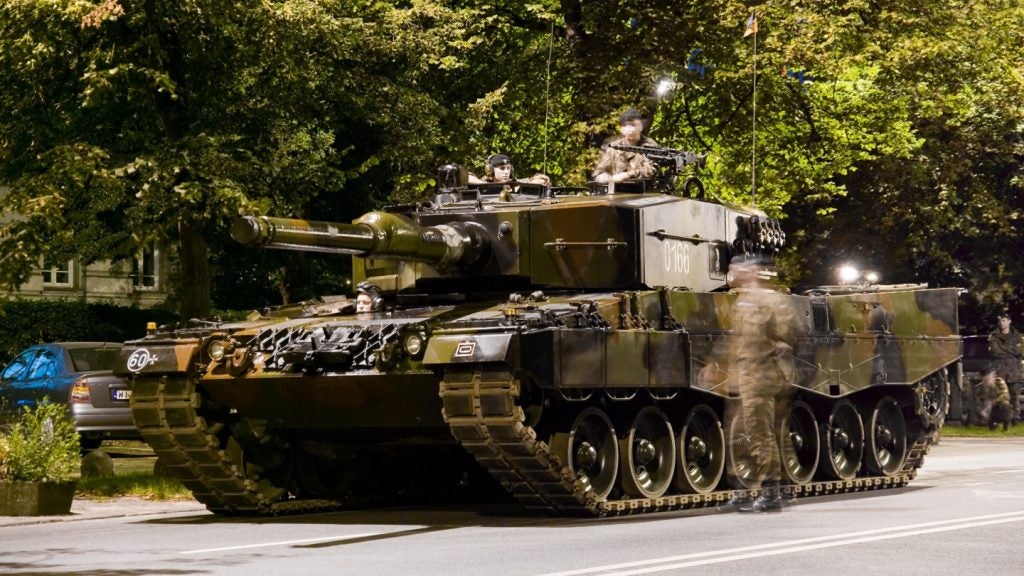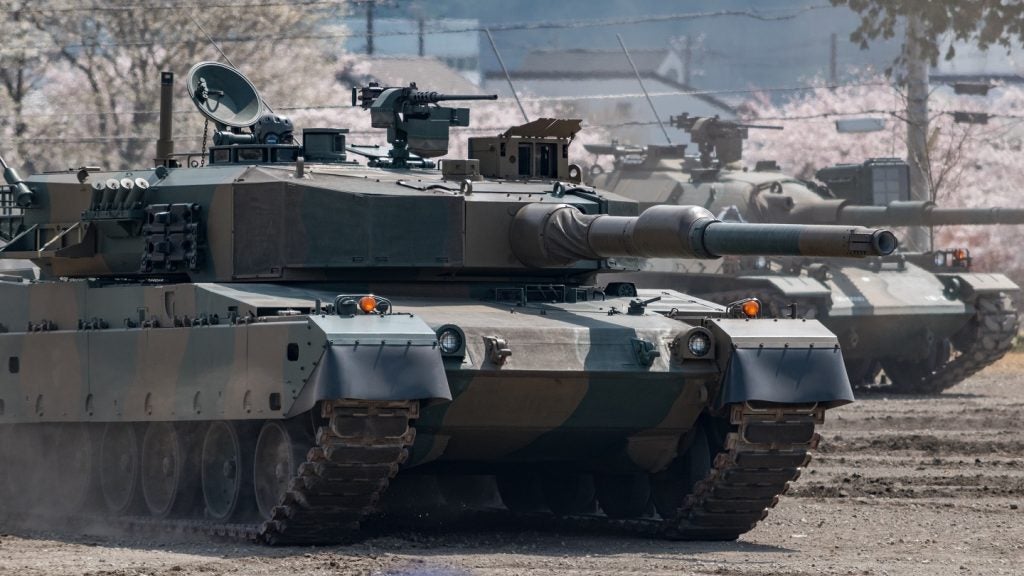General Dynamics has been granted a patent for an aircraft collision avoidance system. The system includes laser rangefinders that generate laser beams laterally outward of the fuselage, and a detection circuit that alerts the pilot if an object is at risk of colliding with the main wing. GlobalData’s report on General Dynamics gives a 360-degree view of the company including its patenting strategy. Buy the report here.
According to GlobalData’s company profile on General Dynamics, fuel transport marine vessels was a key innovation area identified from patents. General Dynamics's grant share as of September 2023 was 80%. Grant share is based on the ratio of number of grants to total number of patents.
Patent granted for an aircraft collision avoidance system
A recently granted patent (Publication Number: US11774597B2) describes an aircraft collision avoidance system that utilizes laser rangefinders and diverging lenses to detect objects in the vicinity of the main wing. The system includes a first laser rangefinder that generates a laser beam laterally outward of the fuselage in a first direction, and a second laser rangefinder that generates a laser beam in a second direction farther away from the main wing. The first and second laser beams are spread in the vertical dimension using diverging lenses, with different beam spreading characteristics to account for the different directions.
A detection circuit is coupled with the laser rangefinders to detect objects within a collision risk zone adjacent to the main wing based on input from the rangefinders. The circuit generates an alert when an object is at risk of colliding with the main wing. The system also includes a rangefinder housing that can be disposed in different locations on the aircraft, such as forward or aft of the main wing, to detect objects when the aircraft is moving forward or backward.
The patent also describes a collision avoidance system that calculates the path of the main wing based on a steering angle and pivot axis of the aircraft. The system generates thresholds based on the lateral distance to the wingtip and the calculated wing growth, and detects objects within a collision risk zone associated with these thresholds. The detection circuit generates alerts as cautions or warnings depending on whether the object is close to but not in the path of the main wing, or in the path of the main wing.
Additionally, the collision avoidance system can be equipped with a display, such as a portable computing device, that indicates the alert as a top view of the aircraft with an indicator at the detected position of the object. The display can also color-code the alert based on whether the object is in the path of the main wing.
Overall, this patent presents an aircraft collision avoidance system that utilizes laser rangefinders, diverging lenses, and a detection circuit to detect and alert the presence of objects in the vicinity of the main wing. The system offers flexibility in terms of rangefinder housing placement and provides detailed information about the detected objects through a display.
To know more about GlobalData’s detailed insights on General Dynamics, buy the report here.
Data Insights
From

The gold standard of business intelligence.
Blending expert knowledge with cutting-edge technology, GlobalData’s unrivalled proprietary data will enable you to decode what’s happening in your market. You can make better informed decisions and gain a future-proof advantage over your competitors.







